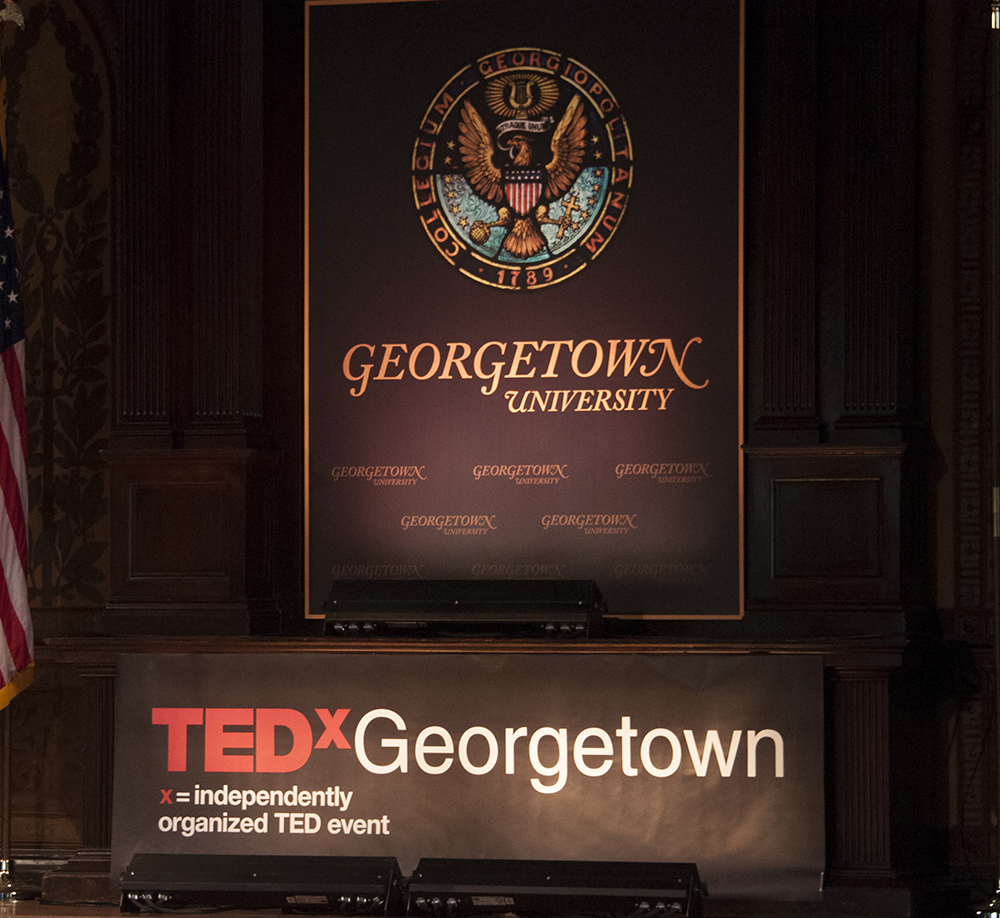A constant source of debate in this country regards the question as to whether or not the Supreme Court should allow television cameras in the courtroom.
Before discussing this, it is important to note that the phrase “cameras in the courtroom” is a bit of a misnomer —it seems to imply that all proceedings of the Court would be televised. However, in reality, allowing cameras in the courtroom would only be for oral arguments, not the proceedings within the Justice’s personal chambers or the writing of the decision.
Taking all this into account, I strongly believe that allowing oral arguments to be televised would not only damage the longstanding tradition of the Supreme Court, but contrary to what proponents claim, it would provide little additional educational benefit to the American public.
Of the three branches of the United States’ government, the Supreme Court is the only remaining branch that has steadfastly defended itself to upholding the traditions and practices of the Constitution. It is no surprise then that for decades, the Supreme Court has experienced a vastly higher approval rating than both branches —particularly Congress, the branch composed of lifelong politicians.
I know I am not alone when I say that I admire the Supreme Court for remaining true to itself and its time-honored constitutional values. The Supreme Court has for centuries shaped its own traditions and practices. To give Congress the authority to require the Supreme Court to allow cameras would be an invasion of separation of power. Any decision regarding cameras in the courtroom should come from the Justices themselves, not from a group of power hungry politicians in Congress.
What people need to realize is that people innately behave differently in the presence of cameras. For people who have never been exposed to this type of scrutiny before, it can cause great stress and anxiety, resulting in changes of behavior.
Allowing cameras during the oral arguments would pressure the Justices, as well as the lawyers, into subliminally feeling the need to pander to the cameras and tailor their questions and remarks to the public eye. If we expect the Justices to make sound, just decisions regarding the future of our country, why should we expose them to this risk that cameras intrinsically cause?
Proponents of televising the oral arguments often claim that cameras will have substantial educational benefits on the American public. However, I do not see any additional educational benefits to this that the Supreme Court does not already provide. Not only are extremely detailed opinions that not only outline majority opinion, but concurring and dissenting opinions released to the public, but since 2010, the audio recordings of all oral arguments heard by the Court are available at the end of each week. If we can already read their opinions and hear their arguments, how would televising the arguments provide any additional benefit? The only additional benefit I could imagine is if the majority of the public would attentively watch the proceedings, gavel-to-gavel.
However, as Justice Antonin Scalia said in April 2005, “…for every one person who sees it on C-SPAN gavel-to-gavel so they can really understand what the court is about…10,000 will see 15-second takeouts on the network news, which…will be uncharacteristic of what the court does.”
Although the media often likes to make it seem as if the Supreme Court is constantly deciding on controversial, exciting social and political issues, such as abortion and gay marriage, in reality, the Supreme Court is often dealing with complex, obscure issues like, tax reform that only the most experienced lawyers would understand, much less care about.
Furthermore, I strongly believe that the media will not use this access in good spirit. Rather, they will use 15-second soundbites out of context to try to cast the Justices in a negative light or to distort the public’s understanding of how the court operates.
The idea behind the Founding Fathers’ decision for Supreme Court Justices to serve life terms was so they would be isolated from the volatile will of the public. Justices shouldn’t need to fear for their jobs every time they make a decision, or in this case: a wrong mannerism.
Without doubt, there would be radicals in the country who would be calling for the impeachment of a Justice based on what they see, not on the basis of their arguments and opinions, which is what truly matters. We must protect the Supreme Court from becoming the next victim of the media.
Daniel Frumento is a freshman in the College. Millennial Voices appears every other Wednesday at thehoya.com














